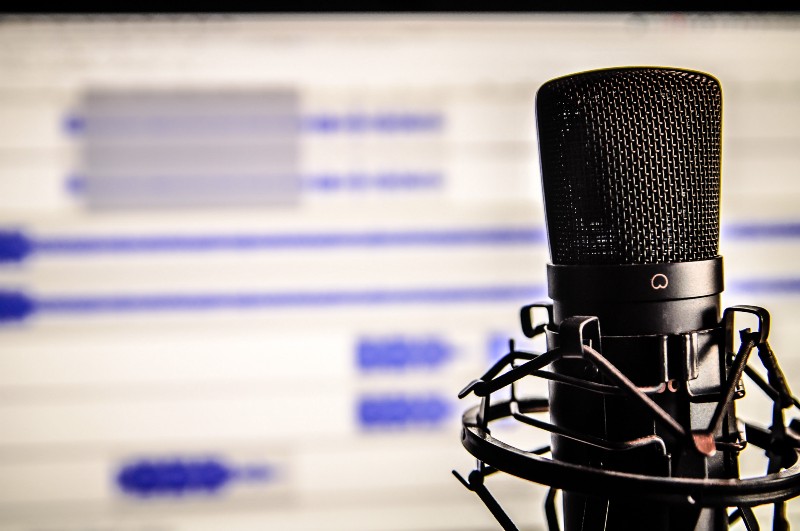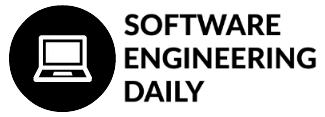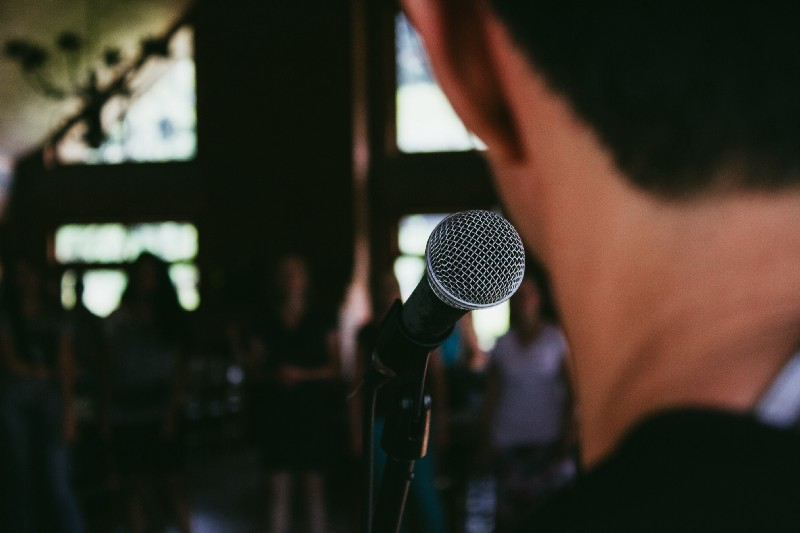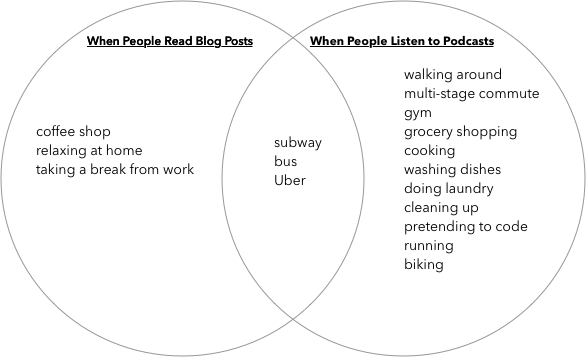by Jeff Meyerson
If you like blogging, you should try podcasting. Here’s how to get started.

Take a look at the Venn diagram below:

If you like to blog and you’re looking to reach a bigger audience, consider podcasting. Not everyone has time to read blog posts, but everyone has time to listen to podcasts.
We all have a commute, have chores to do, and exercise. During these activities, people love to listen to podcasts.
By producing a podcast, you can reach the growing audience of people who consume hours of audio content daily.
Back in 2015, I was spending nearly four hours per day listening to podcasts. I listened while I was commuting to work, running, working out, cooking, or doing laundry. Having a great podcast made these activities so much more enjoyable.
But there was not enough good content for me. I wanted more material about technology, but I didn’t want “tech news” or op-ed podcasts . I wanted to hear from engineers about what they were building.

I started Software Engineering Daily because there weren’t enough technical, long-form software podcasts. Today there are 24,000 engineers who listen every day.
Still, there’s not enough good technical content. The world of software is expanding faster than anyone can cover it. Software is eating the world, and podcasts help with digestion.
That’s why this is the perfect time for you to start your own software podcast.
How to start your own software podcast
We are all new to software. The field is so young that new ideas are being discovered constantly.
Software is in everything we do these days. You can start a podcast at the intersection of software and anything you love.
Here are the basic steps to get going:
1. Choose a niche.
Do you like JavaScript? Blockchains? freeCodeCamp? Software has thousands of niches. Find one that you love to talk about.
At each of these niches, thought leaders are waiting to be interviewed. They are easy to find and contact through Twitter, Medium, and Quora.

2. Choose a style.
One-on-one interviews, group discussions, and storytelling can all be successful podcast styles. My article on different podcast formats includes some ideas for starting.
My personal favorite is the hour-long one-on-one interview. In an hour, you can dive deep into your guests’ beliefs about technology. They’ll say things that will surprise you and educate your audience.
There are many advantages to the interview podcast. It’s easy to find guests — if you invite someone to come on your show, that is a flattering proposition. The guests provide variation for the show, while the host provides some regularity.
It’s a successful recipe used by personalities like Jason Calacanis and Joe Rogan.
3. Prepare.
After you find your guest and schedule a time for the interview, it’s time to prepare.
Preparation is the most important difference between your podcast and all the other podcasts out there.
Write down one or two pages of short, concise questions for your guest. Try to order the questions in a way that form a narrative. Your outline creates the bones for your podcast episode. The interview itself adds on the flesh, organs, and skin.
Without bones, our bodies would be watery piles of mush. And without preparation, your interview will be a disorganized mess.

You will probably spend an hour or more writing down questions. You don’t need to ask these questions during the interview, but they are your safety net.
I’ve made outlines for each of the 750 podcasts I have done. A little preparation goes a long way. I always create a one or two page outline of questions. Here are some sample outlines from my show Software Engineering Daily.
After your preparation, you are ready to record the podcast!
“Hold on,” you might say. “Aren’t there a lot more things I need to do before I can podcast?”
Common technical questions about podcasting
Is it audio equipment for podcasting expensive?
No. An iPhone headset is fine to get started, and cheap USB mics are less than $20. In the early days of your podcast, most of your listeners will be your friends. They probably miss the days when you talked on the phone (since nobody talks on the phone any more).
Your first several podcasts are like big conference calls where most of the participants are just listening. It’s okay if the recording tools are no better than what you use for phone calls.
How do you record a podcast?
Zencastr is a free tool that makes it easy to record a podcast. It’s like a Google Hangout, but recorded.
With Zencastr, you create a new podcast, send your other podcasters a link, and hit record. When you’re done, you click stop and it uploads your file to Dropbox. If you want to be extra safe, have each person on the podcast record a backup file of their own voice.
How do you edit a podcast?
Basic editing is easy and free. Here are tutorials for GarageBand (Mac) and Audacity (everyone else). If you can afford it, spend $5 on a Fiverr editor.
Audio editing sounds scary to some people, but don’t let it intimidate you! If you are going to edit your own podcast, keep a text editor open during your show. Write down problems that you will need to edit later like, “20:00–20:23 Stacy was coughing.”
Where do you publish a podcast?
Use a publishing tool like Podsheets to give your podcast a website and put it on iTunes/Google Podcasts. After you record and edit your podcast episode, you will have a single audio file. A podcast publishing tool will let you create a post that goes along with the audio. These posts are what a podcast player on your phone shows to you.

To recap: setting up a podcast is easy and nearly free, assuming you already have a computer.
Podcasting is fast
After you set everything up, podcasting is a quick way to make content.
For example, if you add 60 minutes of preparation, 45 minutes of recording, and 75 minutes of editing, you get three hours of work for a 40 minute podcast.
If you hire an editor, you can get it down to less than two hours for a show.
In contrast, it takes me at least three hours to write a decent blog post. To write a long, quality blog post takes days.
Your first five podcasts will take longer than your next five. There are economies of scale to podcasting. The more you do, the smoother your process will become.
More benefits
Podcasting is public speaking in a controlled environment.
When you record a one-on-one interview podcast, there are only two people: you and the guest. If you say something you wish you hadn’t, edit it out — nobody else will ever hear it.

To recap, here are 5 reasons to start a podcast:
- Build a brand. You can establish yourself as an expert after you begin publishing on a regular basis. You’ll gain street cred as an authority in whatever industry you’re focused on.
- Form deep connections with listeners. A podcast is a way to connect with a highly-targeted audience. When people hear another person’s voice, a sense of trust and closeness forms.
- Create content on your own schedule. You’ll begin to produce a consistent podcast once you get into the flow.
- Go where the people are. People are busy. They’re driving to work or doing errands. They’re working out. They’re doing the dishes. They’re traveling. And unlike watching videos or reading blogs, they can listen to your podcast at the same time.
- Become a better speaker. Podcasting lets you broadcast your message from the privacy of your home or studio, and you can re-record or make edits if needed. You’ll become more comfortable with recording and speaking over time. Podcasting will give you a chance to clarify your message and vision, and you’ll learn to present it in the best way.
If you’re still not sure whether you want to podcast, or have questions about how to get started, leave a comment on this post, or send me an email at jeff@podsheets.com.
